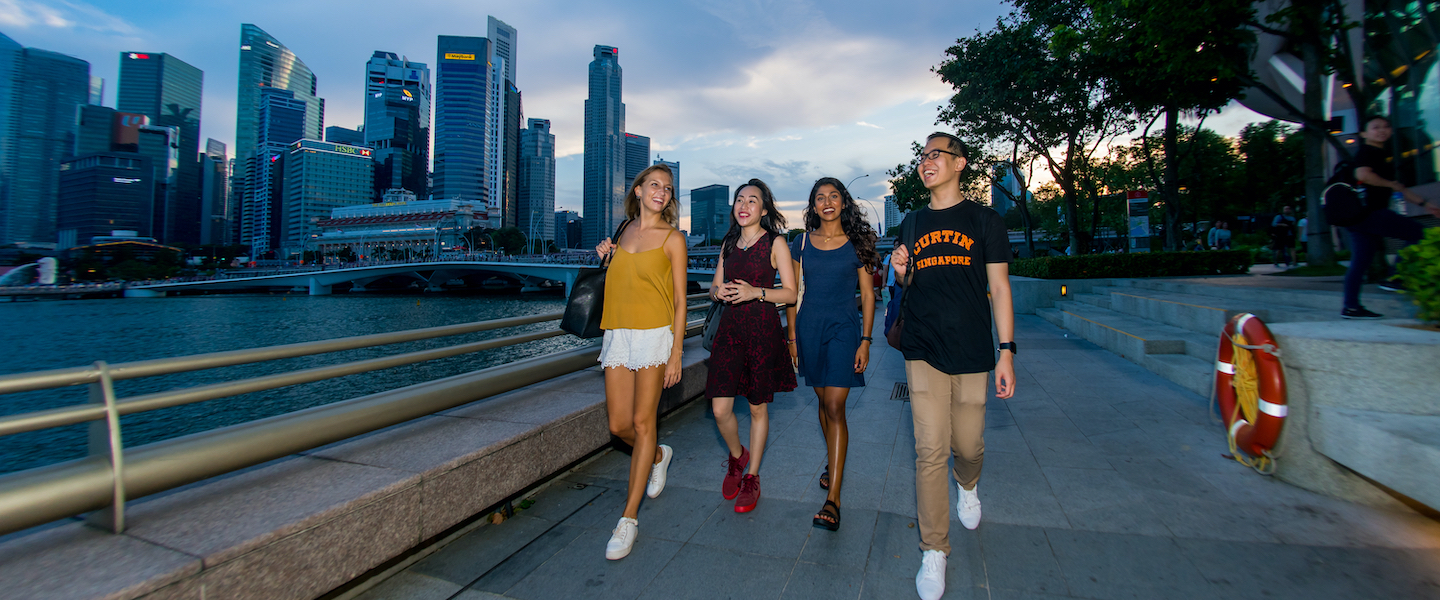
The canary in the coalmine
Australia has enjoyed sustained growth in international education enrolments over a long period – but the latest lead indicators from the Department of Home Affairs’ annualised data suggest now is not the time to be complacent.
While there was still overall growth in offshore visa grants – up 3% for 2017-18 – this growth is down 8% on 2016-17. However, there were declines in both independent ELICOS and schools sector (down 8% and down 5% respectively). This is a trend to watch in the coming months and in the 2018-19 full year data, as movements in these lead sectors often start to flow through to the higher education and vocational sectors.
We’re also seeing a slowing of growth in our most significant sectors and markets, with growth in higher education visa grants just 7% (compared with 13% in 2016-17) and a slowdown in demand from China where 2017-18 growth was just 3% compared to 17% in 2016-17.
At a recent webinar, I presented some analysis of this important early data to more than 50 international education professionals from around Australia and the region. It’s clear we are all seeking more granular data to inform our decisions and help us respond more quickly to trends, so here’s a snapshot of the current state of play in Australia.
Shifting trends in source country growth rates
According to a recent report by Nous Group, Chinese students recruited to Australia represent 37% of all international higher education enrolments – making the overall declining growth in this dominant source market something for the sector to keep an eye on. Offshore visa grants from China (excluding SARs) grew just 3% in 2017-18, while India leapt 32% and Nepal also grew 41%.
Other South Asian markets in the top 15 source countries also saw strong growth, with Sri Lanka and Pakistan growing by 13% and 23% respectively. At the same time we experienced declines from Australia’s traditional source markets in South East Asia – with Vietnam declining by 7%, Indonesia by 15%, Malaysia by 12 % and Thailand by 37%. This signals shifting demand from our major source markets.
Significantly, higher education offshore visa grants to China grew just 1% – compared with 31% to India and 19% to Nepal, our next two leading source markets for that sector.
Individual providers, as well as the sector as a whole, need to consider the implications for these emerging regional trends – that is slowing or declining growth from China and South East Asia, and strong growth from South Asia.
Obviously, any decline in the world’s largest source country – China – is something that deserves attention. There are likely a number of factors at play here. One may be China’s ageing population – the fast-growing middle-class in India and other South Asian countries has a younger profile – which means that while the market is still massive it is shrinking relative to other key countries. The Chinese government has also invested heavily in its own higher education sector, and is now represented well in global rankings. For Chinese students, it may make more financial sense to complete their undergraduate degree at home – and then travel abroad for their Masters. Nous Group’s analysis notes that 75% of the growth in international commencements in higher education since 2010 are in postgraduate study.
NSW still dominant, however growth declined in 2017-18
Nous Group also reports how the past eight years of international enrolment growth has been concentrated in Sydney and Melbourne. This is reflected in those states’ market share – accounting for 61% of all offshore visa grants between them. However, offshore visa grants for study in NSW declined 2% in 2017-18 – compared with 10% growth in Victoria and 6% growth in Queensland. It’s worth noting that’s a 16% impact for NSW, which had grown 14% the previous year.
NSW has clearly been impacted by the slowdown from China (down 2% overall in NSW) and Thailand (down 50%). Visa grants to the independent ELICOS sector in NSW were also down 8%, while higher education just managed to stay steady. In contrast, Victoria grew its higher education visa grants by 13% – it may be taking some of the demand.
The performance of smaller states should also be noted. Western Australia is Australia’s fourth largest state for education export, however it declined by 4%. In contrast, South Australia and ACT grew at 5% and 6% respectively.
Responding to new patterns in demand
While there are clearly some trends that need to be investigated further, this data also highlights some interesting opportunities for investment in new and emerging markets as well as underdeveloped market segments in existing markets. Australia’s education system is still known for its high quality, with eight universities represented in the world’s top 100. Our reputation for outstanding teaching and research, as well as our diverse and welcoming multicultural society, continue to be a drawcard for students of all ages.
That’s why Navitas is working closely with agents and onshore partners to understand whether this data signals a long-term trend, or a blip. One thing is certain: it has never been more important to analyse and benchmark these early lead indicators in international education.
Interested in more data? Watch Kadi’s webinar for a deep dive into Australia’s international lead indicators.



